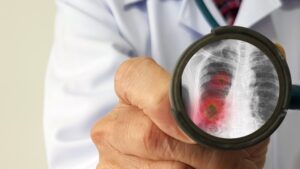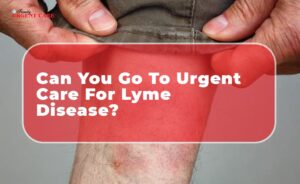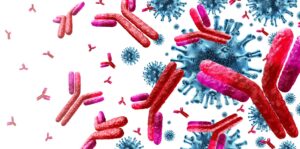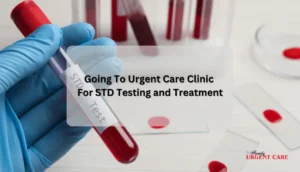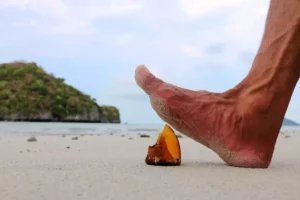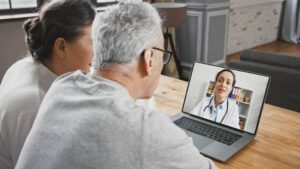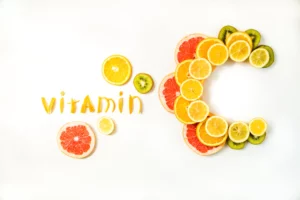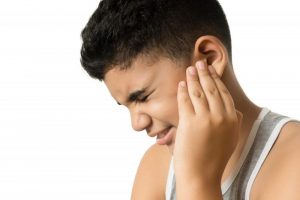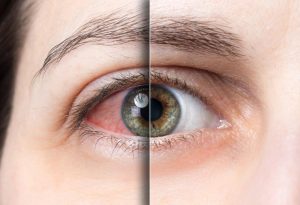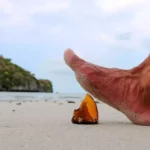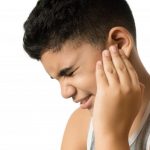Burns can be frightening, even when relatively minor. In a moment of panic, it may be hard to determine whether you need urgent care or if you can treat it at home.
At Family Urgent Care, Asrar Sheikh, MD, Teofilo Vinluan, MD, and our staff of compassionate professionals know how to assess the severity of a burn and connect you to the resources and treatments to efficiently aid in your healing. Here’s what you need to know.
What are the risk factors for burns?
Burns can occur anywhere, at any time, to anyone. In fact, around a half-million people in the US seek medical care for burns every year.
Yet, certain factors make the risk for burn injury even higher. According to the World Health Organization, cisgendered women are more likely to suffer a burn injury than are cisgendered men, and children are more likely than adults to experience a burn.
Furthermore, those who have jobs that require working with fire or very hot materials have a higher burn risk, as do children who are left responsible for housework or cooking. Drug and alcohol use, as well as proximity to chemicals known to burn skin, such as acids, also pose a threat.
What are the burn stages?
The degree of a burn is usually the most important factor in ensuring proper treatment. Here’s how to recognize each burn stage.
First degree
Sunburns are considered first-degree burns. Some first-degree burns are clearly worse than others, and sunburns, specifically, raise your risk of cancer.
However, first-degree burns are the easiest burns to treat. By gently applying lotion and staying out of the sun, the softest burns may resolve on their own. For harsher first-degree burns, aloe gel and pain relievers may help you heal. If you develop scars, natural skin treatments like shea butter and cocoa butter can reduce their appearance.
Second degree
Second-degree burns are serious burns that typically require medical attention. Instead of just burning the top layer of your skin, or the epidermis, the top and bottom layers, the dermis, of your skin is damaged. Redness, pain, and blistering are common symptoms of second-degree burns.
Third degree
Third-degree burns are fearsome, consuming injuries that burn through the two layers of your skin into the fat. Sweat glands, hair follicles, and nerve endings are stripped away, and the feeling in this burned area is unlikely to return. The appearance of your skin can be black, red, and leathery, or white and blistered. Third-degree burns are medical emergencies that should be reported to 911.
Fourth degree
The worst type of burn is a fourth-degree burn. This burn penetrates all of the skin and fatty layers, destroying muscles, tendons, and bone. Fourth-degree burns are medical emergencies that should be immediately reported to 911. Recovery from fourth-degree burns will inevitably require surgery, likely to graft skin to cover the affected area.
Help! I have a burn.
Third- and fourth-degree burns necessitate a call for an ambulance, so if your burn fits either of these descriptions, call 911. You can also try running your burn under cold water to soothe the pain.
We’re also available to help if you aren’t sure what type of care you need. If you’ve been burned, call one of our offices for an appointment or book online with us today.


